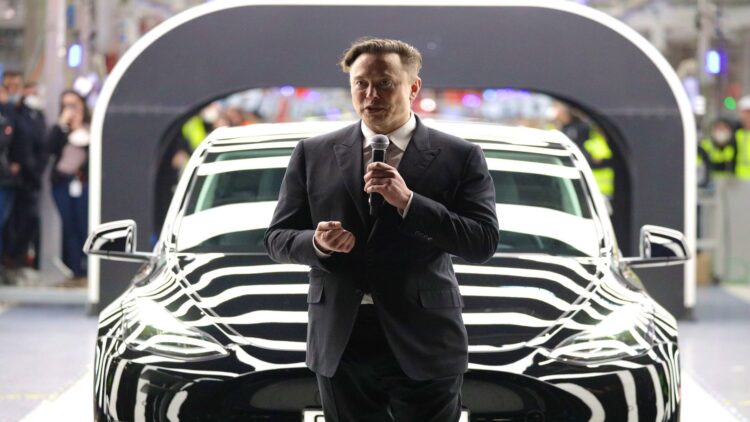Recently, Tesla CEO Elon Musk has been heading up the new Department of Government Efficiency (DOGE) since the Trump Administration took office for President Trump’s second, non-consecutive term. While the external agency has been intending to stay with the White House as an advisory source until July 2026, Musk may not be with the agency that long. Tesla has seen significant challenges recently, specifically concerning the recent imposition of tariffs by the Trump Administration.
Musk announces more time dedicated to Tesla
DOGE was announced at the beginning of the year to come on board with the Trump Administration as an external advisory body to make recommendations and changes towards unnecessary federal government spending. The body has set up an ambitious target of saving $2 trillion worth of federal spending before the agency’s contract expires in July 2026.
However, Musk, as head of DOGE, has recently announced that he is set to begin working more with his company Tesla and less time with DOGE. The move most likely comes regarding Tesla reporting a significant first-quarter drop in profit and revenue since Musk entered the political sphere. The company has faced significant backlash regarding Musk’s involvement with the Trump Administration. The company has lost 50% of its stock value since its December mid-peak.
“I think I’ll continue to spend a day or two per week on government matters for as long as the president would like me to do so, and for as long as it is useful, but starting next month, I’ll be allocating far more of my time to Tesla, now that the major work of establishing the Department of Government Efficiency is done,” said Musk.
Bad news for Tesla regarding new tariffs
While Tesla manufactures their vehicles which are sold in the US domestically, the company is still affected by President Trump’s tariffs as Tesla imports many of the vehicle’s materials and parts from other countries such as China, Mexico, and Canada. These materials include manufacturing equipment, automotive glass, printed circuit boards, battery cells and other products.
Musk has previously stated that he is not supportive of high tariffs:
“He will listen to my advice. But then it’s up to him, of course, to make his decision,” Musk said. “I’ve been on the record many times saying that I believe lower tariffs are generally a good idea.”
Tesla has yet to comment on what their plans are for the rest of the year with the recent tariff introductions. The company is currently working on a strategy to expand Tesla’s production strategy to be more focused on robotaxis and humanoid robots.
“It is difficult to measure the impacts of shifting global trade policy on the automotive and energy supply chains, our cost structure and demand for durable goods and related services,” Tesla said in the outlook section of its first quarter report.
Increasing global competition
Amidst the tariff difficulties, Tesla is also facing increasing competition from alternative electric car developers, particularly from the Chinese electric vehicle company BYD. This may inform part of Tesla’s strategy to be turning their attention more to the futuristic robotaxi and humanoid robots projects. The Chinese company announced recently that its net profit has surged to 9.15 billion yuan, equivalent to $1.26 billion, for the first quarter of the year.
Other challenges Tesla has faced, which may be contributing to Musk taking a step back from DOGE, include the recent mass vehicle recall of the company’s Cybertrucks. The Cybertruck has had a difficult introduction since its release two years ago, including eight vehicle recalls and safety regulatory concerns in the European market. This has most likely contributed to decreasing investor confidence in the company, as reflected in the stock price plummet Tesla has experienced.


